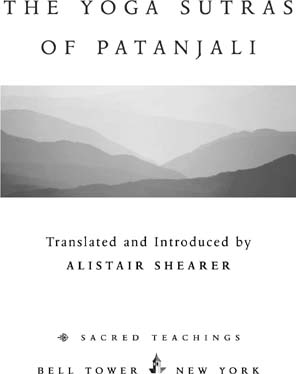M Y PRINCIPLE DEBT of thanks is to my teacher, Maharishi Mahesh Yogi, who has devoted his life to the revival of the wisdom of yoga. If there is anything worthwhile in my translation, it is solely due to what I have assimilated of his teaching.
Many other people have contributed to this project, through their advice, criticism, and enthusiasm. Id like to thank especially: Frederick Smith, an accomplished Sanskritist who, en route from the University of Pennsylvania to Deccan College, Poona, drew my attention to many subtleties in the third and fourth chapters that I would otherwise have missed; Jack and Margaret Trevenna, who helped enormously in refining the final draft at a time when they themselves were under considerable pressure; and last, but by no means least, many thanks to Ruthie, who was so much help at the time, and whose company I still miss.
INTRODUCTION
T O MOST OF US suffering is a fact of life. It seems inevitable, despite all our attempts at consolation. The fundamental dissatisfaction of human beings has been the central concern of all religious and philosophical systems. Faced with our inability to remain happy, all the great teachers have adopted the most practical approach. The Buddha, for example, discouraged his followers from depending on anything external: leaders, dogmas, or unrealistic beliefs. Nor would he expound comforting metaphysical theories; he held that these were irrelevant. Instead, he presented his pupils with a straightforward and rational analysis of their predicament. He pointed out that all things are impermanent: that our lives are short, restricted, and, ultimately, unsatisfying. On its own this uncompromising diagnosis of the human condition would have been dismal indeed. Happily, the Buddha prescribed the cure. He called it the path that leads to Enlightenment. It is a restatement of a perennial teaching that he had verified by his own experience.
This teaching is called yoga. According to yoga, we suffer because we live in ignorance. We are ignorant of our real nature. Our true nature lies beyond the restrictions of our careworn and humdrum existence, ecstatically free and untouched by suffering. Deep within the mind, beyond the faintest flicker of thought, it is experienced as an undying and omnipresent vastness. It is absolute consciousness. Animating everything in creation, this is the source and goal of all life. Yoga calls it the Self.
The nature of life is to grow toward an ever more perfect and joyous expression of itself. Each living being has a nervous system, no matter how rudimentary. This acts as a localized reflector of all-pervading consciousness, just as a mirror reflects light. The more developed the nervous system, the more it will express the qualities of pure consciousnessintelligence, creativity, and bliss. Yoga is the transformation into this Divine, and of this Divine into everything. Meditation is the key.
The whole thrust of evolution is to create increasingly complex systems that are capable of reflecting an ever greater degree of awareness. Science has realized that humans are more intelligent than animals because our neural organization is more evolved; as a result, we have more consciousness at our disposal. Yoga goes further. It says that the human nervous system is the crowning glory of creation, because it alone has the ability to reflect the unbounded source of life in its immaculate and radiant purity. Man is made in the image of God.
The desire to know the Self is implanted deep within each of us; a memory of Eden as old as the mind. However dimly perceived, this longing is the most refined expression of the dynamic urge to grow and progress that energizes all life and motivates every aspiration. Only when we realize our true nature, and the individual mind becomes infinite, shall we be satisfied. This Enlightenment is the first and last freedom; it is the state of effortless Being.
We shall not cease from exploration
And the end of all our exploring
Will be to arrive where we started
And know the place for the first time.
T. S. ELIOT, LITTLE GIDDING
The quest for the Self has enthralled mankind since the dawning of desire. Ancient myths of every culture tell the same story of our search for wholeness. As the mind explores its own depths, it uncovers archetypal images that sustain and guide the journey inward. These are the signposts on the old road home, half-remembered from long ago. Each society hands down its stories of the great heroes who have made the journey before us as reminders and examples to those who follow. In Mesopotamia, the king of Erech, Gilgamesh, leaves his city and sets forth to find the plant of immortality never-grow-old that sprouts at the bottom of the Cosmic Sea. In ancient Greece, the nobly born Odysseus seeks his island home of Ithaca, while Jason sets sail on the search for the Golden Fleece. And in the very different setting of Arthurian England, the Knights of the Round Table ride out on that most sacred of missions, the quest for the Holy Grail.
Though the details of the myths differ with time and place, their pattern is the same. First comes the initial challenge, the call to a fuller life, the promise of a new state of being. If the hero has the courage to accept the challenge, with all its awesome implications of metamorphosis, he embarks on the crossing of the initiatory threshold that marks the beginning of the journey. This death and rebirth will have to be repeated many times before the quest is accomplished, for there are trials and dangers to be encountered on the way, and every transformation suffered is a dying to the old and a resurrection into the new. Such traveling requires fortitude and perseverance. The decisions to be taken are not easythe unwary are soon tranquilized by triviality, the song of the sirens is alluring, and for every Galahad there are countless Launcelots.
But the deserving seekers are sustained by unseen help, those hidden agencies of fairy tale and legend. For the dedicated there will in time come the final achievement: the apotheosis. Now the traveler can return, transfigured, to live as an example and inspiration to all those yet to complete the quest.
These returned heroes are the great teachers, the seers, saints, and prophets, the spiritual leaders of mankind. Complete in themselves and reintegrated with the cosmos of which they are now a conscious instrument, they have reached the goal of yoga. With the seer of the Taittirya Upanishad, their song rings out to all creation: Oh wonderful! wonderful! wonderful!
If any country has traditionally considered this quest to be the central purpose of human life, it is India. Her civilization has from earliest times been built on the bedrock of yoga. Yoga itself is not Indian, it is universal, but it is to that primeval land that we must look to trace the background of the





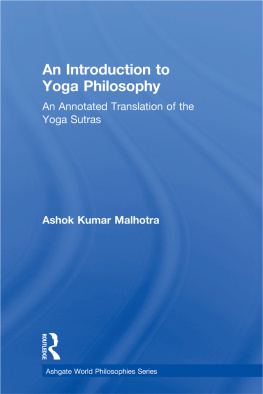
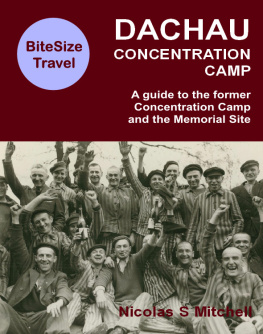
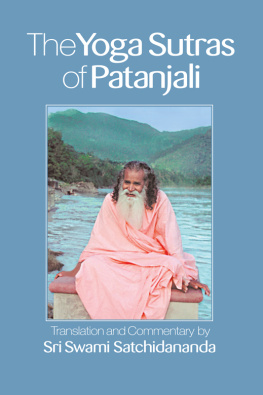

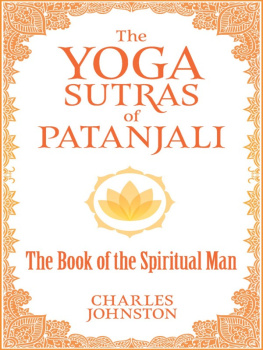
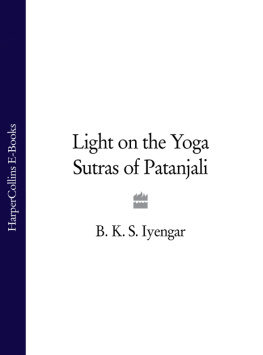
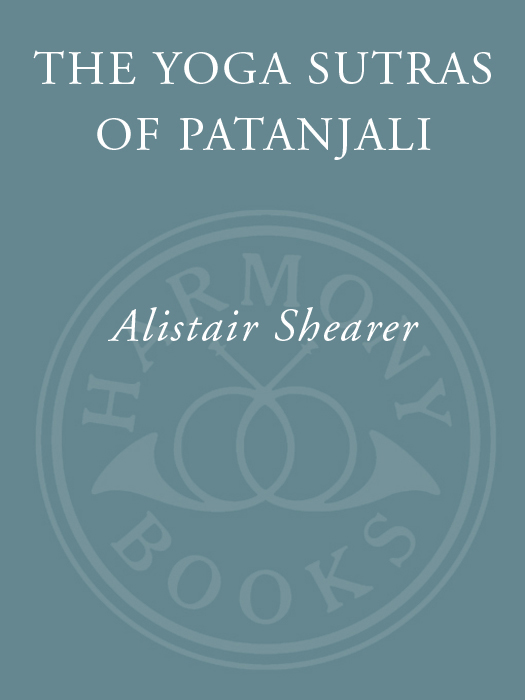
 SACRED TEACHINGS
SACRED TEACHINGS